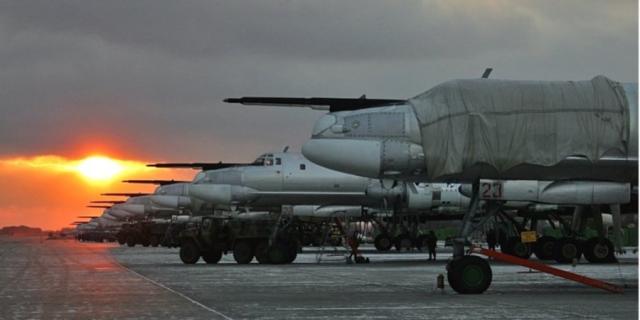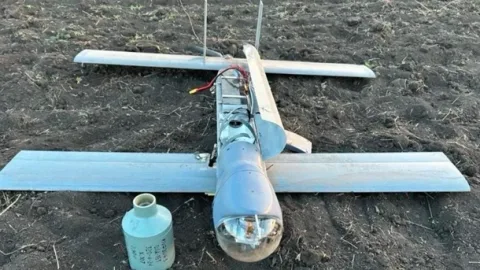Most of nights in May were loud in Ukraine. But after being hit by 160 missiles on February 24, 2022, it looks like some kind of whim of a misanthropic schizophrenic. The strike potential that russians use does not break through Ukrainian air defense. The reason is clear. Russian aviation is worn out, which is hard not to notice.
Aleksander Kovalenko investigates as example, the russian missile attack on Ukraine during the night of May 17-18, 2023.
The russian occupiers used the following tracking devices:
- 22 – Kh-101 / Kh-555,
- 6 – SLCM Kalibr,
- 2 – OTMS Iskander-K,
- 2 Shahed-136 kamikaze drones were used.
30 missiles have been launched on Ukraine.
29 missiles were shot down, which is the most ideal result.
But there is a nuance.
2 explosions were heard by all Odesa residents before the start of the air raid alarm. This is possible only when the enemy uses means that are faster than our reaction or uses the submarines that are approaching the coastline and striking the city with the Kalibr SLCM, which increases the effectiveness of the missiles that we shoot down with maximum efficiency.
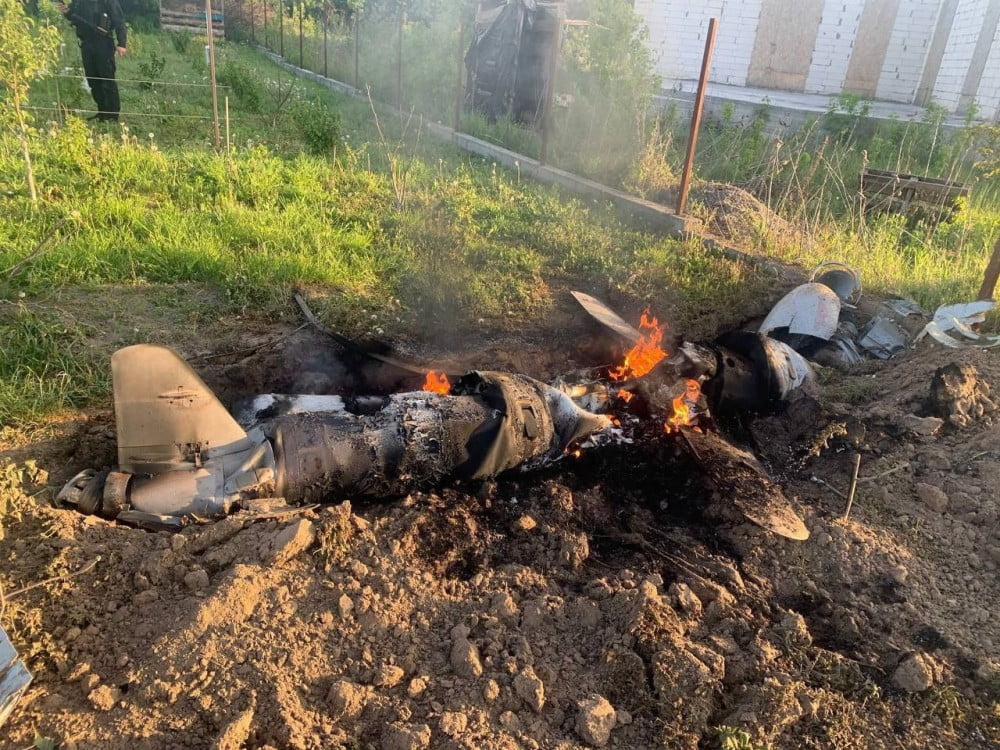
Late night, listening to the sounds of explosions and flights of 2 drones over my house, I immediately pieced together a picture of the means used. Yes, I thought about the use of diesel-electric attack submarines (Project 636 Varshavyanka), but why not 4 missiles were fired at a time? May be, they used the Bastion system and P-800 Oniks missiles.

Everything fell into place this morning. They used two Iskander-K missiles. These missiles can break through our air defense, since one of their properties is flight at ultra-low altitudes. I do not rule out that the sounds of explosions caused by these missiles were heard simultaneously with the air raid alarm.
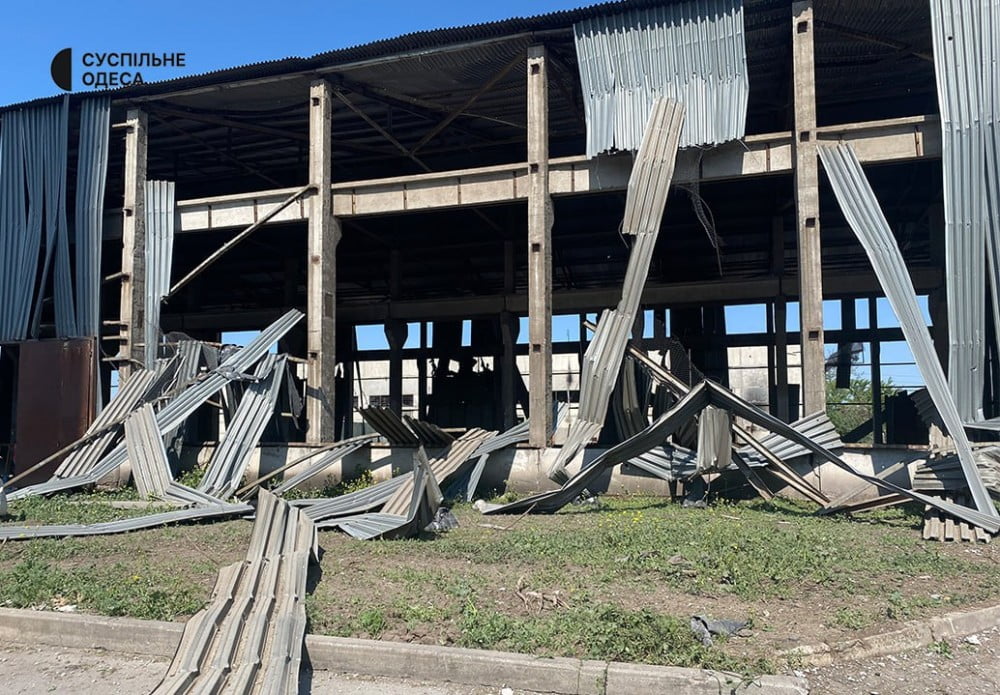
This is not surprising, because Iskander-type missiles can be intercepted by Patriot and SAMP/T systems. Therefore, the question of one object that broke through the air defense is debatable, because, in my deeply “amateurish” and “erroneous” opinion, there could be exactly two of them.
There were no more hits recorded except these two. There were only fragments of downed missiles and kamikaze drones falling, which once again confirms the high level of work of our air defense, especially in Kyiv. I’d like to ask konashenkov, “What about the destroyed Patriot?”
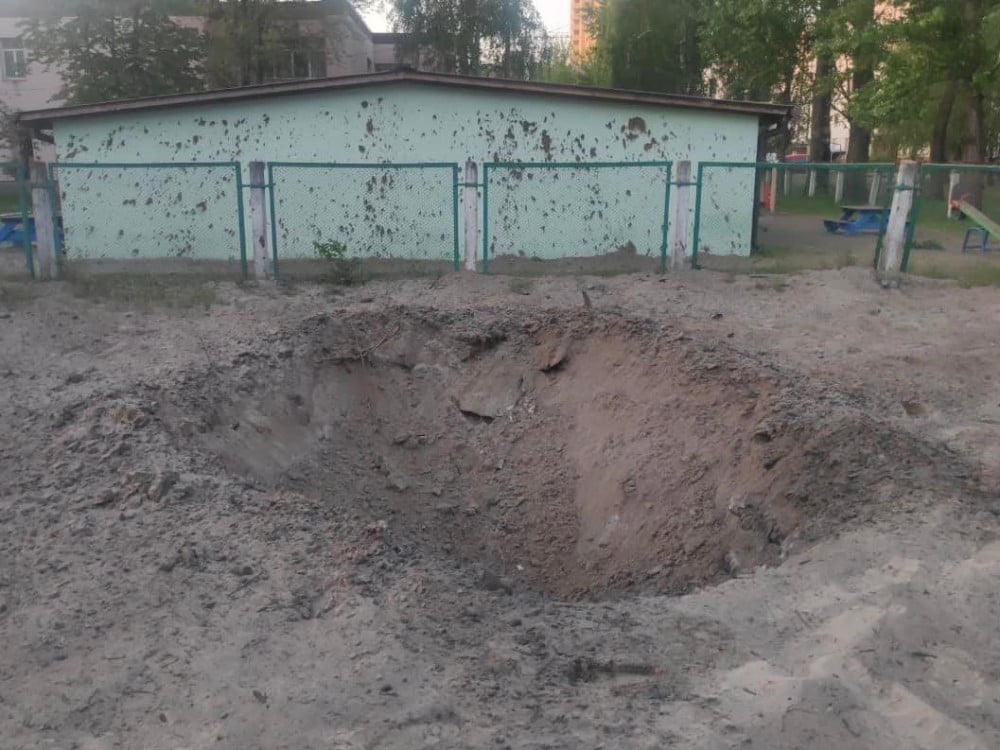
On the other hand, we once again see the need to deploy a similar air defense system near cities with a population of over a million, and it doesn’t matter if it’s Kharkiv or Odesa. The risk that the enemy will use the means that cannot be intercepted by our traditional air defense systems is the same.
Of course, today everything depends on the speed and volume of supplies of the appropriate means by our partners, which will make it possible to create an analogue of the Kyiv air defense system near a certain regional center.
I am also puzzled by the use of only two Shahed-136 kamikaze drones this night.
Starting from May, the Russian occupation forces launched massive attacks at Odesa with Shahed-136 biweekly. But this time they used missiles within these time limits. I cannot but think that another batch of Iranian Shahed-136 drones is running out. The near future will show what will happen.
In general, the current blow turned out to be very predictable in a number of indicators. Starting from the timing of the strike on Odesa and ending with the systematic launch of the limited ammunition of missiles. But there is another very important point.
The enemy used two Tu-160 bombers and eight Tu-95MS to launch Kh-101/555 missiles. Why?
After all, 8 Tu-95MS aircraft can accommodate 64 Kh-101/555 missiles in total! Why should they use the Tu-160, which is much more expensive, difficult to maintain and rather unique for the Russian Aerospace Forces? Everything is simple. As I have repeatedly written, the airborne forces of the Russian Federation do not have enough carriers, and the available Tu-95MS are worn out.

They are worn out so much that they cannot lift a payload exceeding 5 tons, i.e. can lift a maximum of 4 Kh-101 missiles. And in order to achieve an indicator theoretically capable of breaking through air defense, they use even Tu-160.
However, the strike potential that they use does not break through air defense.
Well. The night was loud. But after being hit by 160 missiles on February 24, 2022, it looks like some kind of whim of a misanthropic schizophrenic. The Russian occupation forces reflect furiously and convulsively, which is obviously hard not to notice. Let them reflect. It doesn’t stop us from doing our job.
We just add, that difficulties with maintenances and missiles production influence a lot the decrees of fishing potential of the russian strategic bombers.
Tags: russia ukraine war russian missile attack
